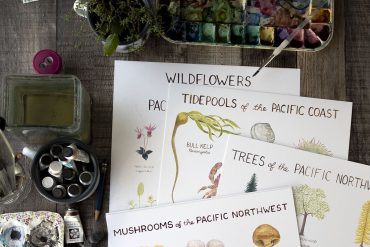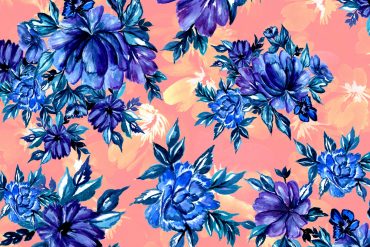Figuring out pricing for textile designs can feel overwhelming. You need a price that attracts clients while reflecting your talent and hard work. This post will guide you through pricing your work confidently based on industry standards, artwork complexity, and more. If you’re ready to start getting paid what you’re worth, let’s begin.
Table of Contents:
- Factors to Consider When Pricing Textile Designs
- Pricing by Industry
- Additional Services and Costs
- Boosting Your Income Through Negotiation and Incremental Price Increases
- Pricing Resources for Textile Designers
- Conclusion
Factors to Consider When Pricing Textile Designs
Pricing your textile designs isn’t arbitrary. Specific variables tailored to your niche and target market must be considered.
These variables are all about you, your business, and who you’re selling to.
Industry Standards
Each sector or market of the textile design world values work differently. Understanding industry averages, like the ones shared below, provide valuable benchmarks and offer helpful insights. Connecting with clients via platforms like LinkedIn and consulting directories like the Pattern Observer Textile and Surface Pattern Design Directory can also help you understand what clients typically have budgeted for their projects.
Artwork Complexity
The time invested in creating original art should be reflected in the price. Intricate details, unique motifs, and specialized techniques justify higher prices. The more effort put into the surface pattern design, the more exclusive it appears to the buyer.
Artwork Size and Scope
The quantity and scale of your artwork influence its price. Repeated single motifs typically command a lower price than a detailed pattern that is put into a technical repeat.
Larger artwork, especially for home decor, also warrants a higher price. This is due to the increased time involved in creating more motifs, more details and a larger repeat.
Pricing by Industry
Here’s a breakdown of average pricing across common industries:
| Industry | Price Range (USD) |
|---|---|
| Apparel | $500 – $750 |
| Quilting | $350 – $750 |
| Home Décor | $500 – $1,000 |
These figures are averages; pricing ultimately depends on market demands.
Additional Services and Costs
In the textile design industry, printing factories have a variety of requirements and limitations. Therefore, production preparation typically occurs after a sale or approved concept. To increase revenue, incorporate these additional services into contracts, charging hourly or flat rates per project.
Factory requirements can include, but are not limited to:
- Repeat sizes
- A maximum amount of colors
- How far apart are the motifs placed?
Boosting Your Income Through Negotiation and Incremental Price Increases.
Are your rates beginning to feel below current market rates? Consider a 10% increase per new client until you are at a rate that feels more in-line with the market and your revenue needs. Avoid undervaluing your work solely to secure new clients.
And remember, don’t neglect existing clients. When you have enough new clients who are happily paying your higher rates, consider increasing your rates as needed for existing clients. Tip: hesitation around pricing often stems from mindset, regardless of your designs’ value.
Pricing Resources for Textile Designers
Many designers find pricing discussions and negotiations challenging. Accurately estimating time, staying informed on industry norms, and understanding your clients wants and needs are key.
Here are some helpful pricing resources:
- The Textile Design Lab: Our online community offers courses, tutorials, and expert guidance on pricing your work based on location, skill level, and market.
- The Textile & Surface Pattern Design Directory: Explore products, services and prices offered by other designers in your geographic location and market and promote your services as well!
- GAG Pricing & Ethical Guidelines Handbook: This guide offers useful tips and case studies. While not specifically focused on textile design pricing, it provides valuable information on copyright, licensing, and illustration and surface pattern design pricing. The handbook covers areas such as digital art and prints and even covers areas adjacent to pricing textile designs.
- Pricing With Purpose: This resource gives detailed information on pricing your work.
Conclusion
Pricing textile designs is an ongoing process. Consider industry standards, artwork complexity, and project scope as starting points. Hone your negotiation skills and implement strategic price increases as you gain experience.
Remember, your perceived value influences your artwork’s price. So be confident and knowledgeable as you navigate pricing textile designs. Enter the textile design world with confidence and clarity about the value of your surface pattern designs and custom textile offerings. Refine your pricing approach and embrace the exciting possibilities this industry offers.













